How to Neutralize Salt In Food
2021-06-04(22463)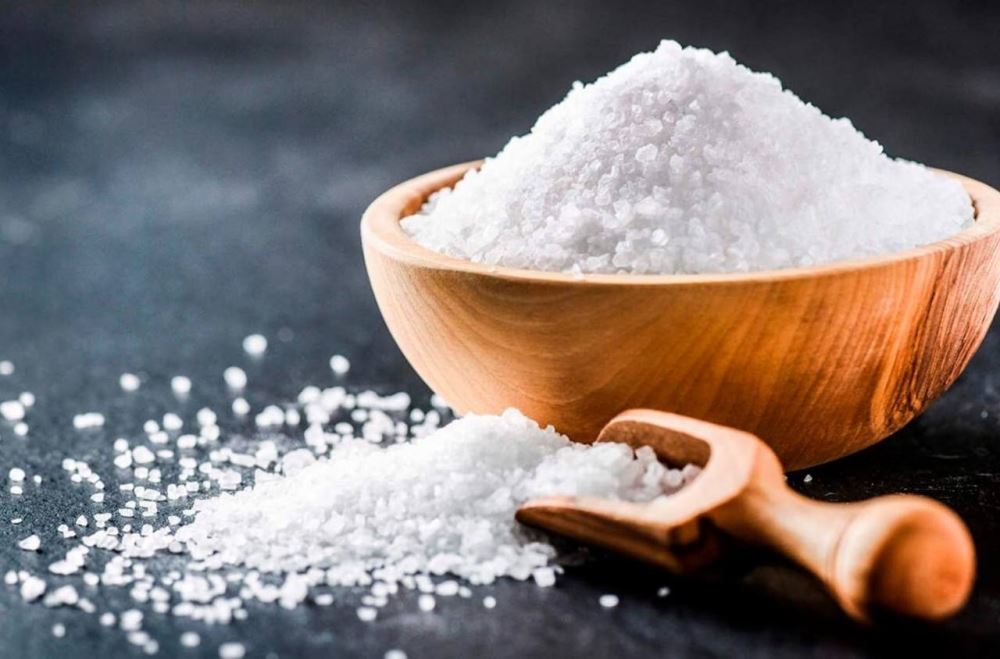
Every day, a new argument is made regarding the salt we consume daily to give flavor to food. Certain forms of salt are claimed to be beneficial to our health, while others are said to be harmful.
In this article, we'll discuss the benefits and harms of salt, as well as the amount of salt that should be eaten regularly and how to neutralize salt in food.
How Much Salt Should Be Consumed Per Day?
Scientific studies have proven that consuming less than 5 grams (approx. 0.18 oz.) and more than 12.5 grams (approx. 0.44 oz.) of salt per day, has a negative impact on health. However, this amount is acceptable for healthy adults. Patients suffering from high blood pressure should consult their doctor.
Pure salt consists of sodium chloride (NaCl). In addition to these elements, calcium (Ca), magnesium (Mg), and potassium (K) may be contained in table salt. On the other hand, iodine is a mineral that is especially added to most table salt to maintain health.
Iodine is one of the most essential minerals for life which is normally taken into the body with food and water.
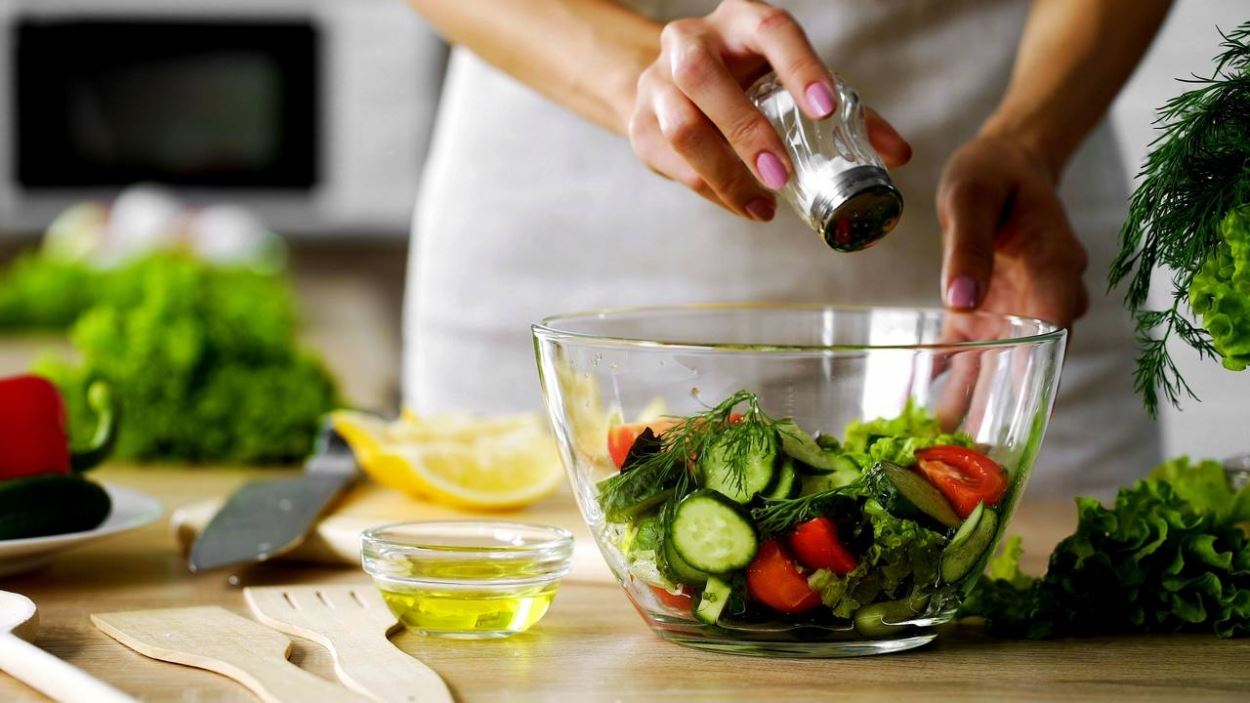
An adult's daily iodine requirement is between 100 and 150 micrograms. Women should consume 200 to 300 micrograms of iodine per day during pregnancy and breastfeeding.
Some of this amount can be covered through foods, and some can be covered through water, but people who do not eat iodine-rich foods like seafood, spinach, turnips, yogurt, eggs, etc. regularly, may suffer from iodine deficiency. Also, consuming iodine only by drinking water is insufficient.
Iodine deficiency can cause severe health issues. It should be remembered that the table salt should contain iodine to avoid these issues. In this way, supplements are given to the body to meet daily iodine requirements while flavoring food.
To consume the ideal amount of iodine, it is recommended that the salt used every day should be iodized. However, this does not mean that eating more salt is healthier.
Why We Need Iodine?
● Iodine is a mineral that is necessary for the thyroid gland in our neck to secrete hormones.
● Iodine is required for body growth and, brain and nervous system development.
● Iodine deficiency in adults leads to imbalances and disorders in body and mind functions as well as goiter disease.
● Iodine deficiency in childhood and adolescence causes physical and mental development remission.
● Iodine deficiency during pregnancy has a detrimental impact on the baby's brain and body health.
● Iodine deficiency in pregnancy may cause miscarriages, stillbirths, birth with a disability, mental retardation, or dwarfism in babies.
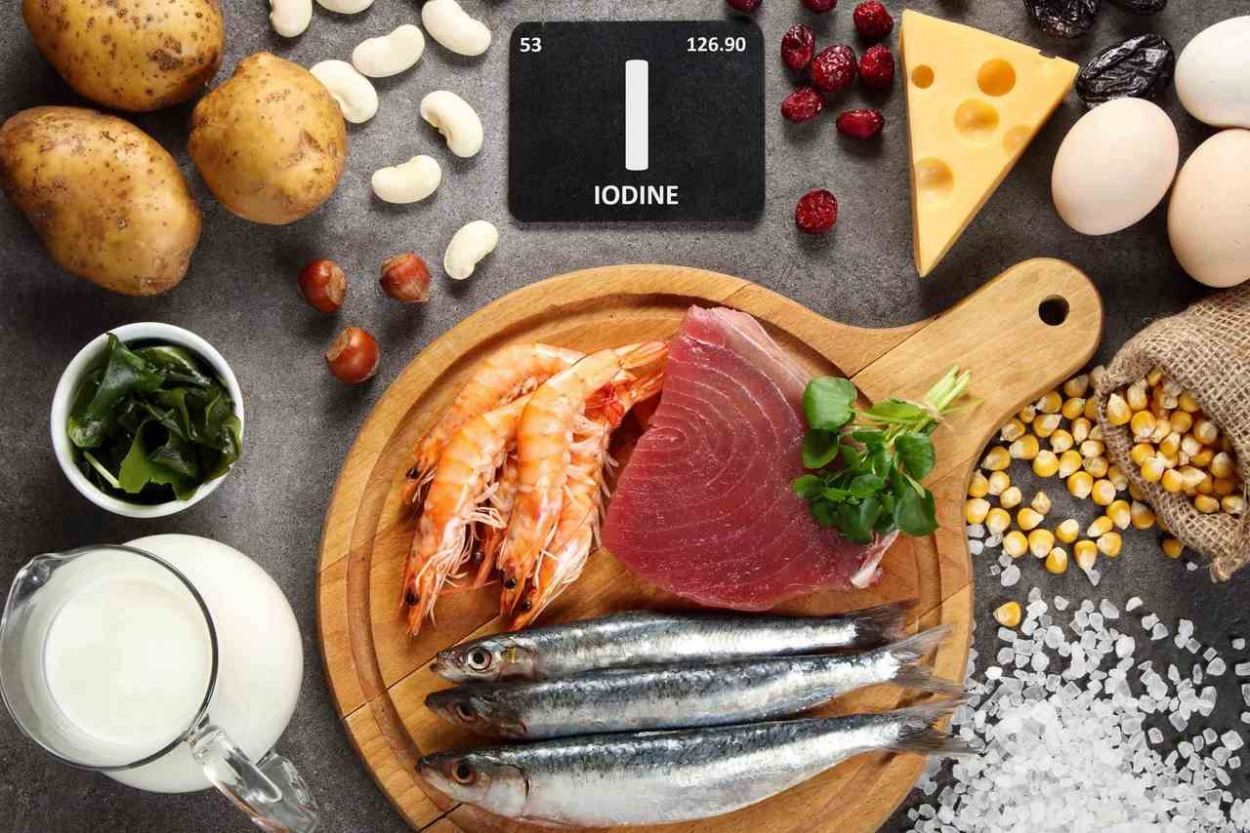
The best method to avoid iodine deficiency is to consume iodized salt. An average of 150 micrograms of iodine can be gotten with iodized salt consumption of 5 to 13 grams (approx. 0.18 to 0.44 oz.) per day. Iodized salt used in these quantities is not harmful to health and has no side effects as long as the person consuming it is not a high blood pressure patient.
In addition, treating iodine deficiency-related diseases is both difficult and costly. Using iodized salt, on the other hand, is both safer and inexpensive. It should be noted, en passant, since high heat destroys the iodine in salt, the salt should be added to the dishes after the cooking process.
Benefits and Harms of Salt
Salt is one of the five tastes detected by taste receptors in the mouth. That's why everyone loves food with the appropriate amount of salt. People who are accustomed to using salt in their diet are unable to enjoy unsalted foods or salt substitutes. However, this trick of the tongue can be dangerous for health.
Salt has many benefits other than the perception it creates on our tongue. The following are some of these benefits of salt:
● It stimulates the appetite.
● The simplest way to speed up digestion is to increase saliva secretion. The fastest way to increase saliva is to use salt.
● Maintains the body's acid-base balance.
● It maintains the body's electrolyte balance.
● It accelerates the absorption of minerals into cells.
● The low salt content in the body can lead to chronic diseases. That's why it's wrong not to consume any salt.
● Salt, which helps reduce insulin value, is one of the foods that diabetics can easily consume.
● Blood pressure can be raised by giving salty food and beverages to patients with low blood pressure.
● It aids in the formation of urine and the treatment of edema.
● It strengthens the respiratory, circulatory, and immune systems.
● Salt is antiseptic, which means it kills germs. However, applying salt on wounds directly may cause damage.
● It strengthens bones and connective tissue and prevents the onset of osteoporosis.
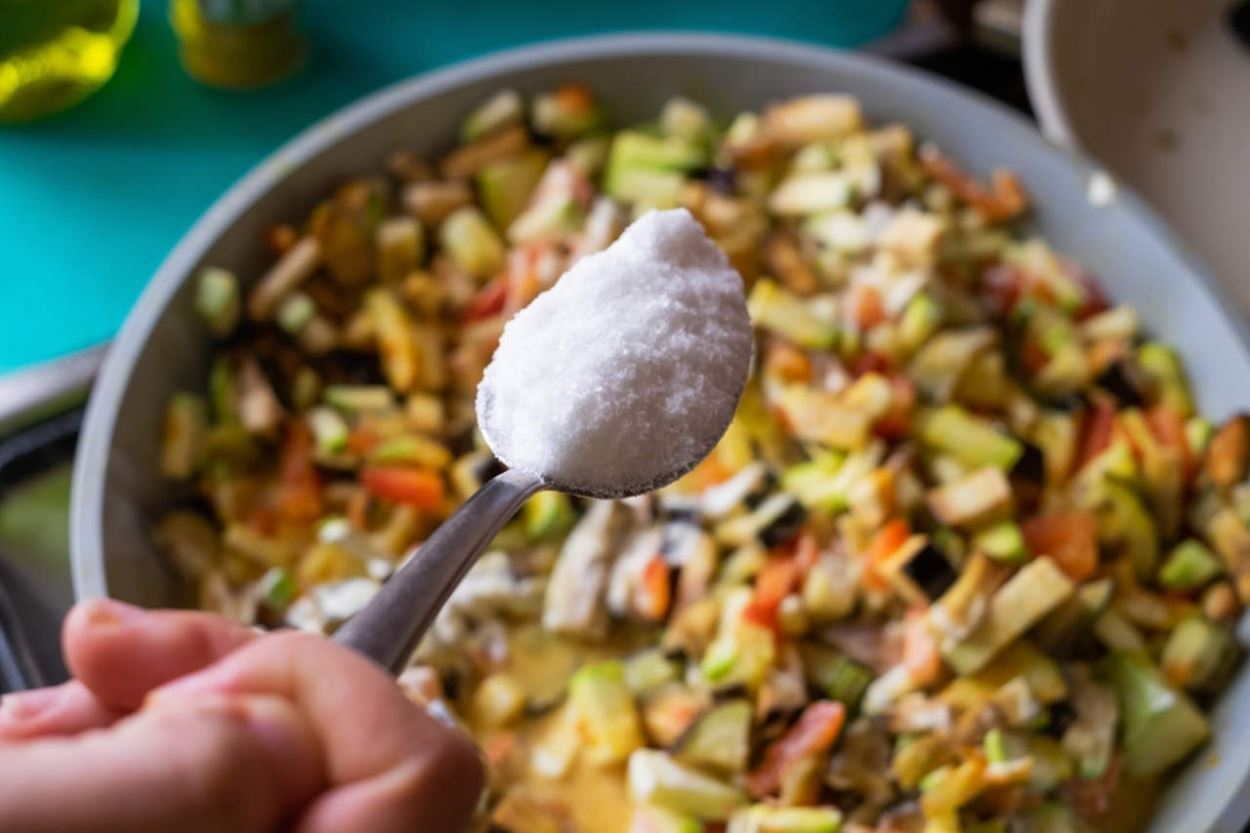
It should be considered that these benefits of salt are only possible with the proper amount of consumption. Too much salt in food can be extremely dangerous. The harms caused by excessive salt consumption are as follows:
● It may lead to the development of symptoms such as irregular heartbeats, headaches, blurred vision, nosebleeds, dizziness, excessive sweating in people with hypertension.
● It may cause kidney disease, which can result in renal failure.
● Salt raises blood pressure. It may trigger sudden blood pressure spikes in people who already have high blood pressure. Repeated recurrence of this condition may make the disease chronic, which is called hypertension.
● It may cause various cardiovascular diseases, especially heart attacks.
● It has the potential to damage the stomach's protective layer and as a result, increase the risk of inflammation and ulcer formation in the stomach.
● It may lead to suppression of the nervous system or epileptic seizures.
● It may cause a stroke.
How to Neutralize Salt in Food?
As can be seen, excessive salt intake can cause very serious diseases that can lead to death. If you add much salt while cooking accidentally or because of the diet you are accustomed to, there are several methods you can apply to balance the salt proportion of over-salted food. You can eat tastier and healthier meals using these techniques.
The most common and guaranteed way to fix over-salted food is to use potatoes. The fibrous structure of potatoes helps them to absorb excess salt and water. Its starch is also revealed and therefore it serves as a natural consistency enhancer.
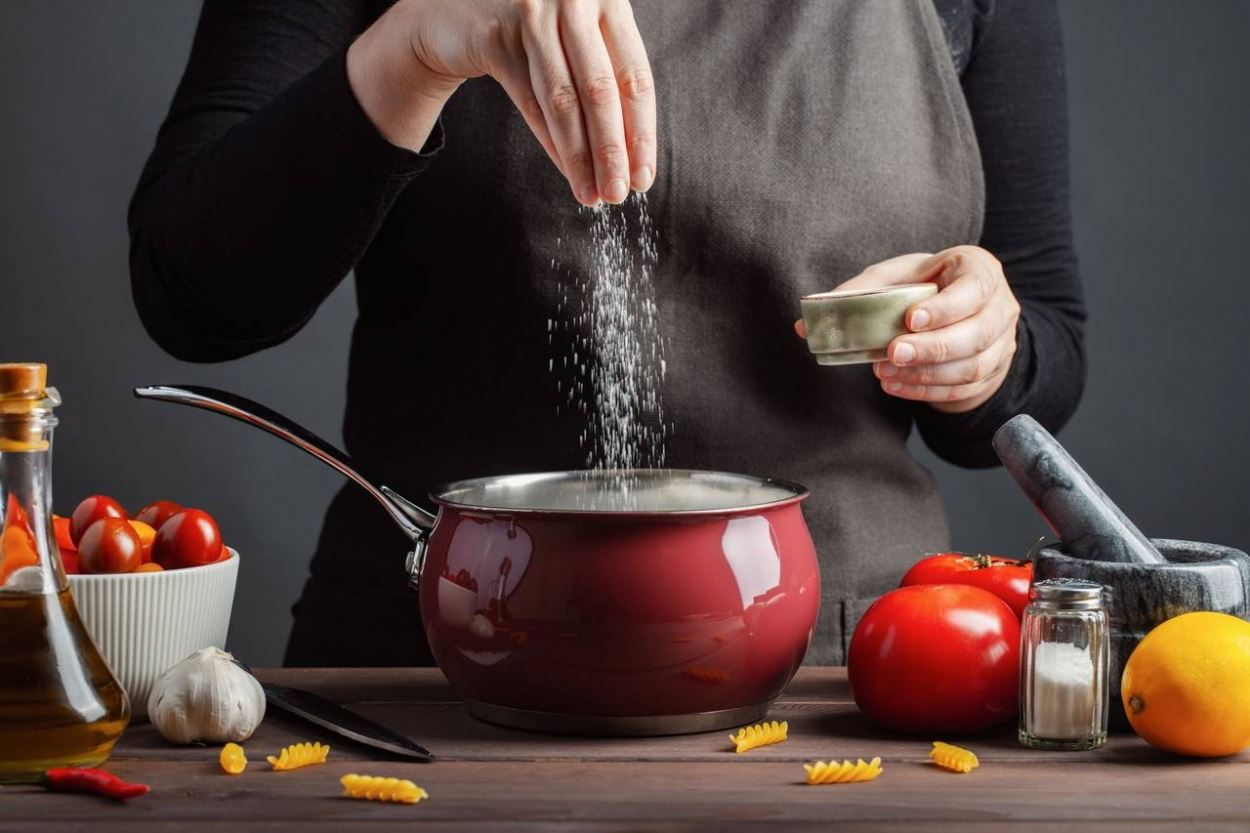
The proportions differ depending on how salty the dish is, but a medium-sized potato would suffice for a pot of over-salted food. Peel the potato and place it in the pot whole or roughly sliced. You can add more potatoes if there is too much salt in the food. At this stage, you should also slightly increase the amount of water in the food since potatoes absorb both salt and water.
Around 15 minutes after adding the potatoes to the pot, you can remove them. Before removing the potatoes, make sure the food tastes well. If the food is already too salty, cook the potatoes for a few minutes longer.
Rice, like potatoes, absorbs excess salt because of its starchy structure. Rice does not alter the flavor of the food while also lowering the salinity level. If you don't want to eat the rice, wrap it in a cheesecloth and place it in the pot. Depending on the size of your pot, you can add 1 handful or 1 teacup of rice to your meal to fix over-salted food.
Salt density in dishes can also be reduced by using vinegar and lemon. The acidity of vinegar and lemon balances the alkaline density of salt. The salinity decreases as the acidity rises.
However, it should be noted that vinegar and lemon both have a sharp flavor and when added, they will inevitably change the taste of the dish. This method may be more effective on salads instead of pot meals. If you want to add vinegar, 1 tablespoon; and if you want to add lemon juice, 3-4 drops will suffice for a bowl of salad.
The easiest way to reduce salt in soup is to re-cook it with a little more water. However, this method can spoil the taste of the soup. If the soup is compatible with meat, you can add some meat to the soup and re-cook it.




